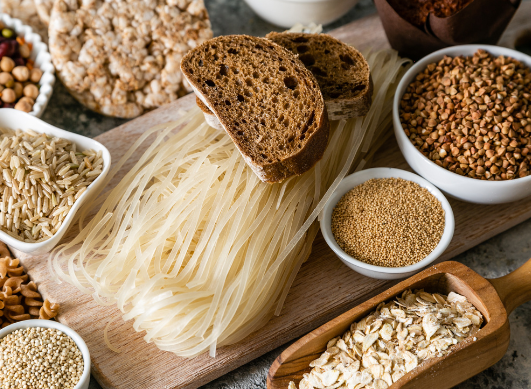- Home
- Share
- Forum
- General forums
- Living with type 2 diabetes
- Five Tips for Glucose Monitoring
Five Tips for Glucose Monitoring
- 32 views
- 0 support
- 1 comment
All comments

Unregistered member
05/12/2016 at 21:35
Really good tips, I had thought that I had a handle on it, but, I've learned something new today in that if you shake your hands below the waist it will help to bring the blood to your finger ? thank you for sharing.
Kind regards
Brendan.
Give your opinion
Survey
Articles to discover...

14/03/2025 | Nutrition
Carbohydrates: Friend or foe? Everything you need to know to make the right choices!
Subscribe
You wish to be notified of new comments
Your subscription has been taken into account







Margarita_k
Community managerGood advisor
Margarita_k
Community manager
Last activity on 07/10/2020 at 11:39
Joined in 2016
1,195 comments posted | 76 in the Living with type 2 diabetes group
1 of their responses was helpful to members
Rewards
Good Advisor
Contributor
Messenger
Committed
Explorer
Evaluator
1. Know your target blood glucose range.
Talk to your healthcare provider about your personal glucose goals for pre- and post-meal readings. To get an idea of the range for which you should aim, see below:
Time of check: Usual goal for most people:
before meals 70-130
Two hours after meals less than 180
bedtime 90-150
A1C less than 7%
* expect a 30–50 point rise from premeal glucose levels 2 hours after a meal
2. Learn how to check your glucose.
Always wash your hands with warm water prior to drawing a sample for the test. If you can't wash them, wipe the area with an alcohol swab, and then shake your hand a bit below your waist to bring blood to the area. Perform the fingerstick, and apply directly to testing strip.
3. Decide when to check your glucose levels.
Talk with your healthcare team about when the best times are for you to check your glucose. It often makes sense to check before a meal, and then two hours after. Also try to check your glucose when you think you might be experiencing high or low glucose.
4. Identify glucose patterns.
Checking glucose levels shouldn't be viewed as an annoying task, but instead as a tool to figure out what the next step is in treating your diabetes. Think of monitoring as a compass: when you figure out what your glucose is at different times of the day and look at the patterns, it will be much easier to determine what direction to head in.
5. Determine what causes blood glucose changes.
Do you sometimes miscalculate how much carbohydrate is in a particular food, and then find that your blood glucose is either too high or too low? Log these observations and try to remember them so you'll have an easier time in the future.
Source: http://www.joslin.org/info/2021.html